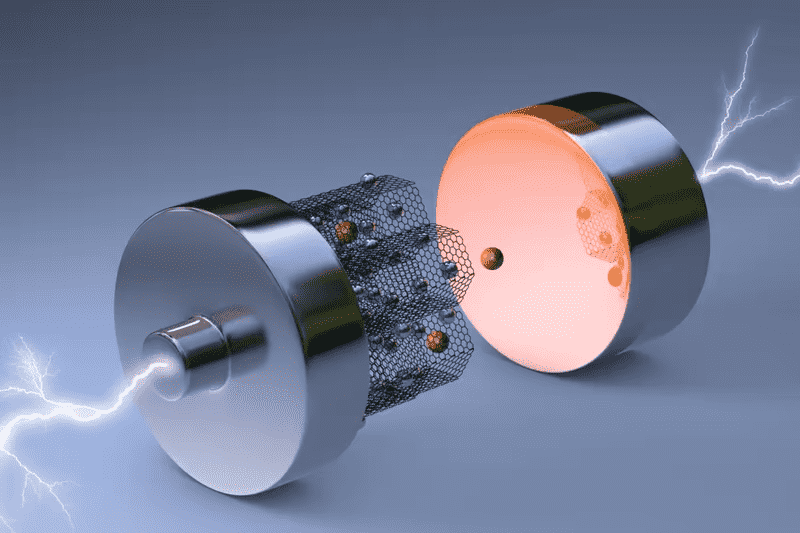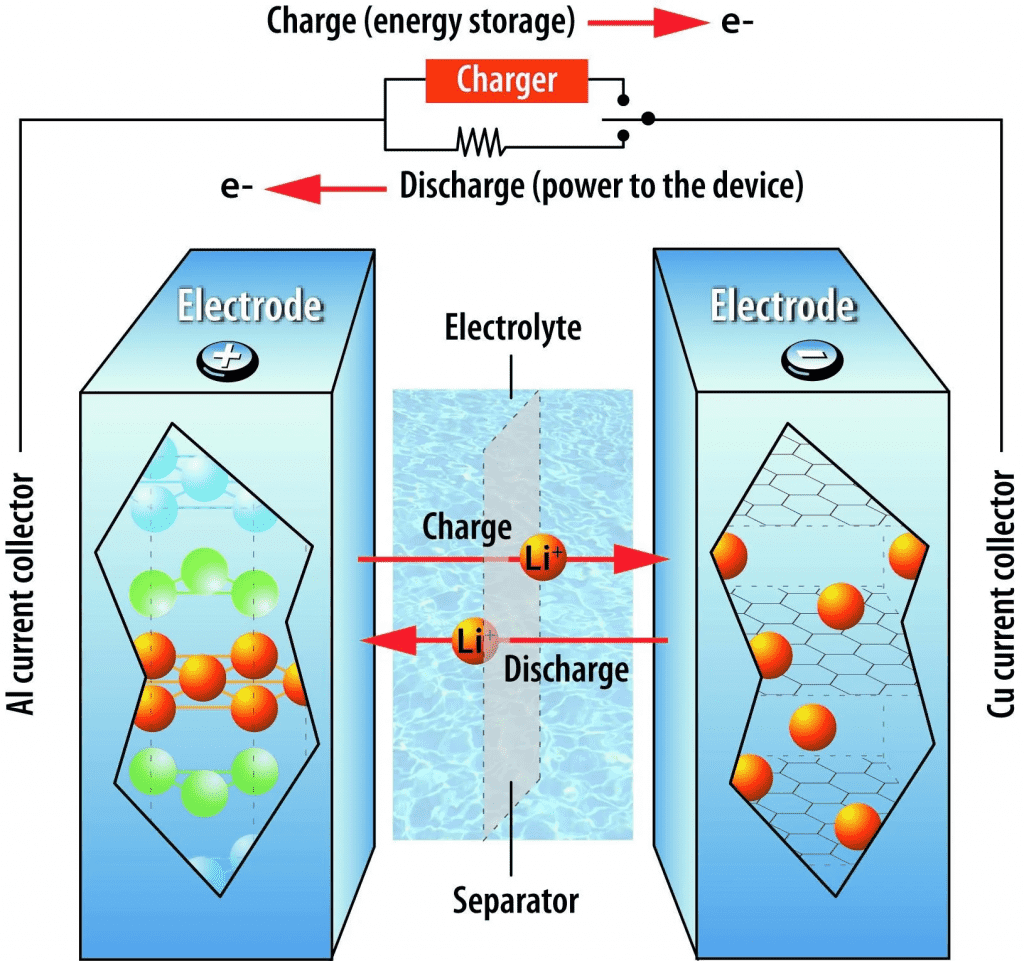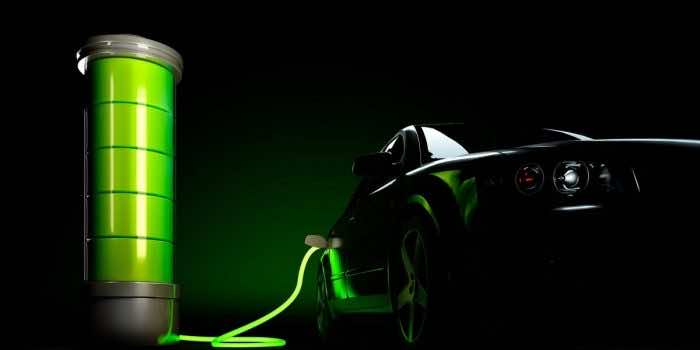Scientists from the University of Texas at Austin have introduced a brand-new design mechanism for lithium-ion batteries that will ultimately make electric vehicles charge at a much faster rate, along with increasing their range parameters as well. Scientists have conducted a research study for this purpose in which they tackled electrodes in the battery in order to make them more efficient than the conventional ones. They have changed their orientation from the horizontal position and transformed them into vertically stacked layers that ensure effortless transmission of lithium ions. However, the research has been published in the journal “Proceedings of the National Academy of Sciences.”

It should be noted that scientists have observed in their research study that when electrodes are stacked in a vertical position, they become able to generate 50% charging capacity in just 30 minutes. On the other hand, the conventional packing of the electrodes, i.e., in the horizontal stacking, used to charge in 2 hours and 30 minutes. According to the study’s author, Zhengyu Ju, “Our electrode shows superior electrochemical performance, partially due to the high mechanical strength, high electrical conductivity, and facilitated lithium-ion transport thanks to the unique architecture we designed.”

Coupled with this, scientists have deployed the use of two-dimensional materials for these electrodes, but this material has the potential to make electrodes thick. And thick electrodes require more capacity for energy storage potential. In order to cater to the issue and to achieve fast charging along with efficient energy transmission, scientists decided to use thin layers of electrodes in a vertical configuration. In this way, it resulted in the “efficient pathways for mass transport” for the lithium ions within the battery. Hence, the technique has become an incredible scientific feat of its own and has also enabled researchers to scale up its operations for the efficiency of electric vehicles.

In addition to this, the study author, Guihua Yu, stated, “Two-dimensional materials are commonly believed as a promising candidate for high-rate energy storage applications because it only needs to be several nanometres thick for rapid charge transport. However, for thick-electrode-design-based next-generation, high-energy batteries, the re-stacking of nanosheets as building blocks can cause significant bottlenecks in charge transport, leading to difficulty in achieving both high energy and fast charging.”


